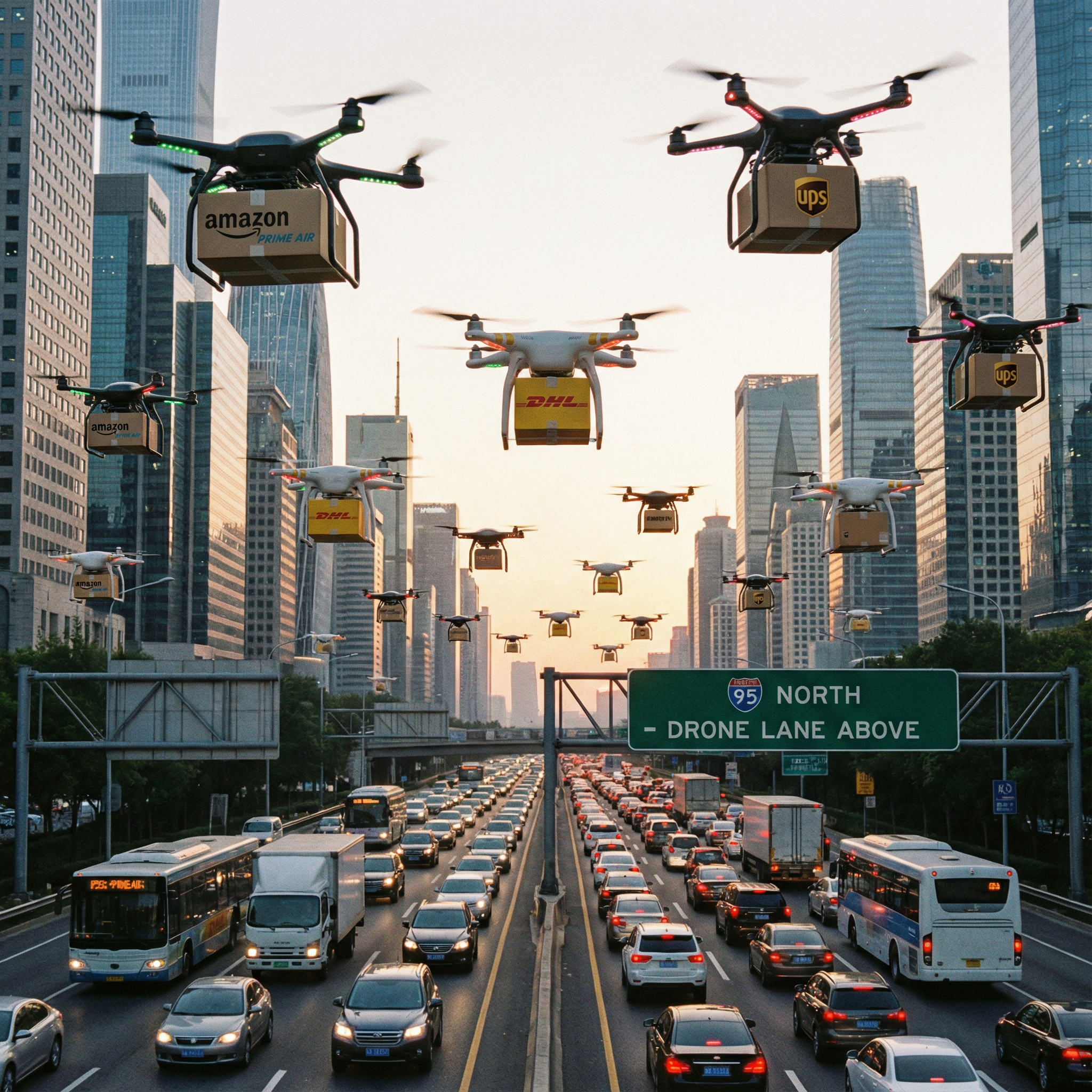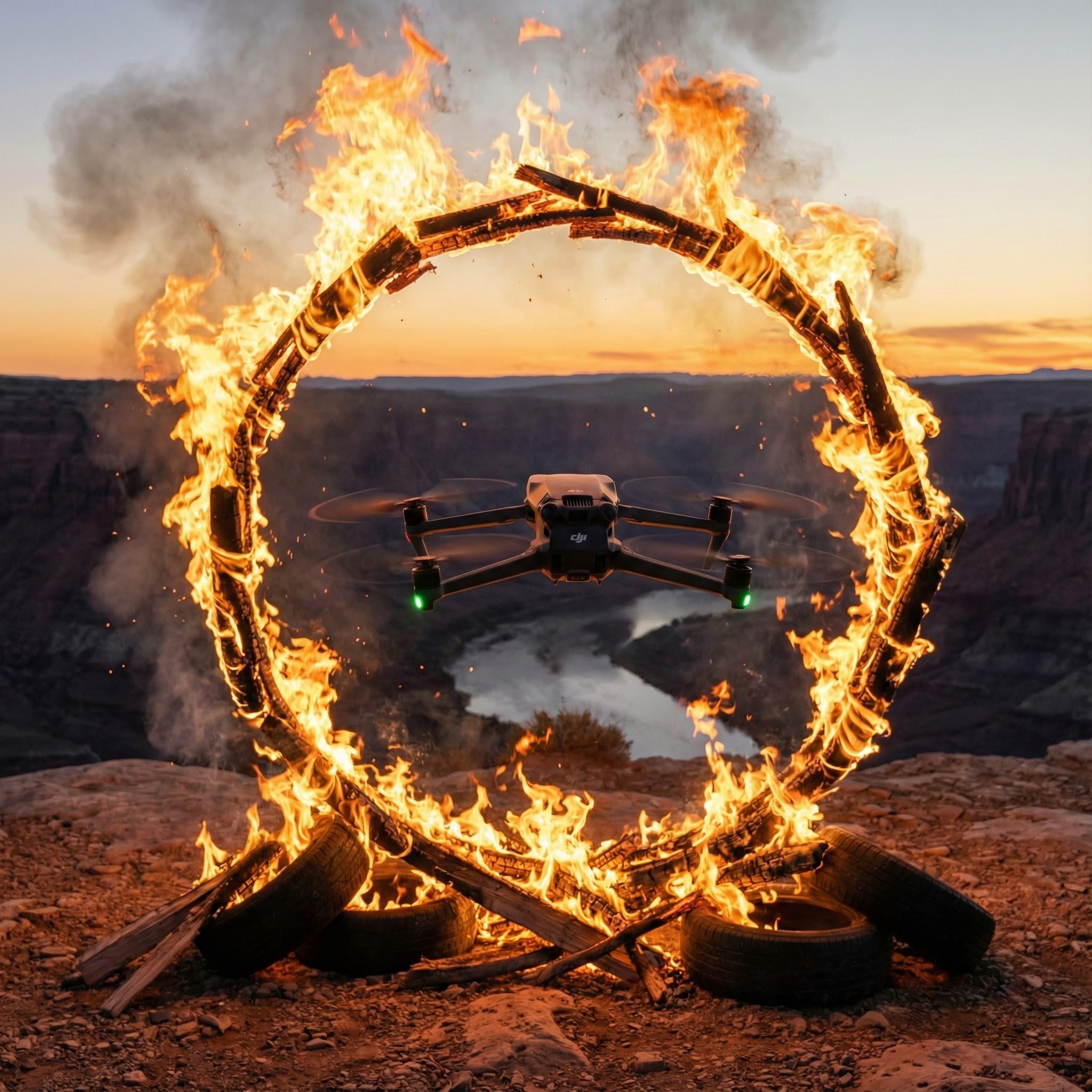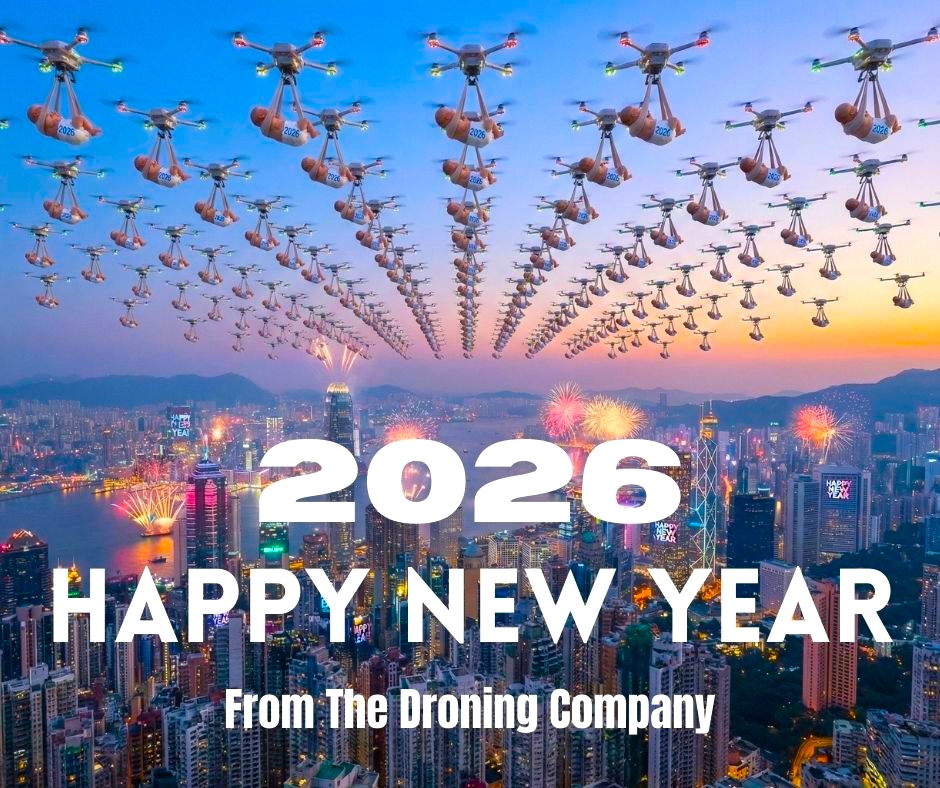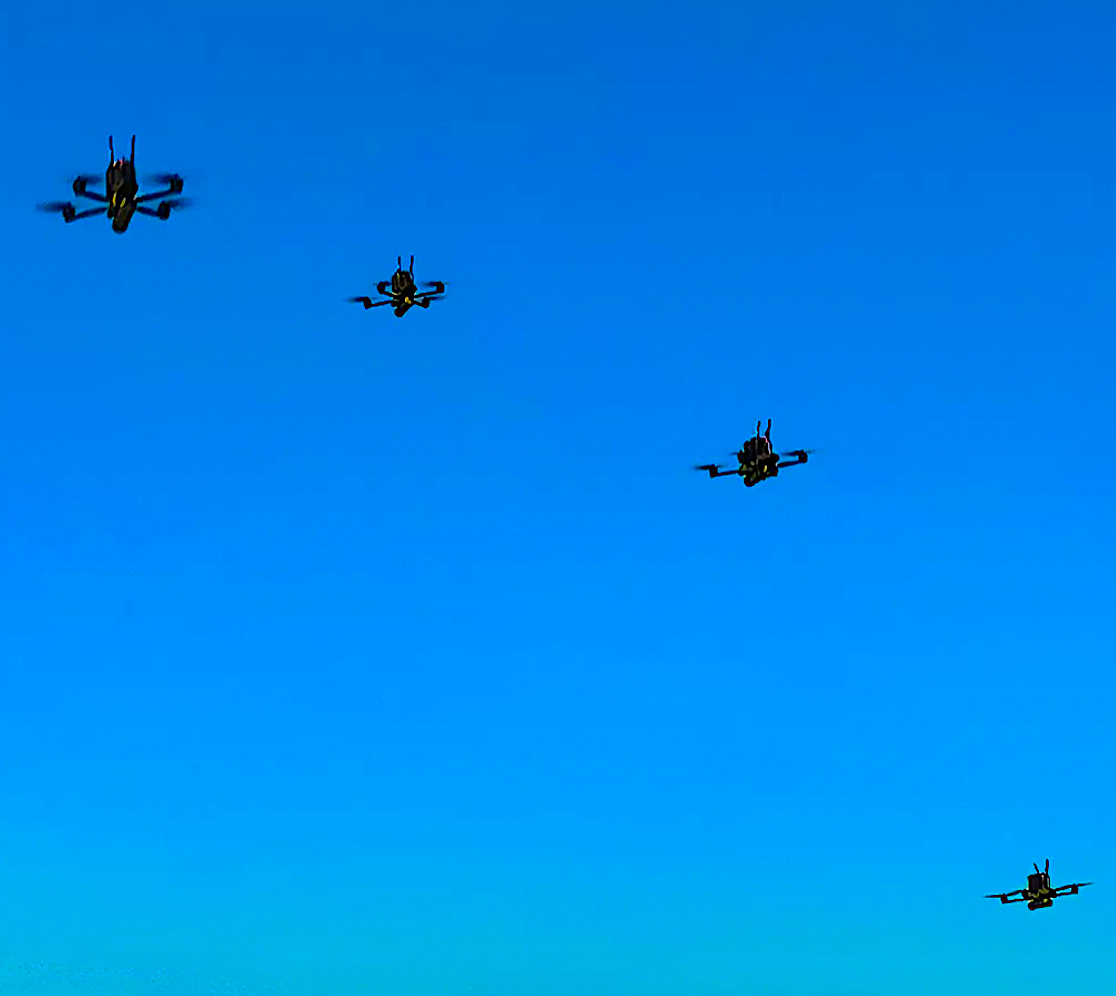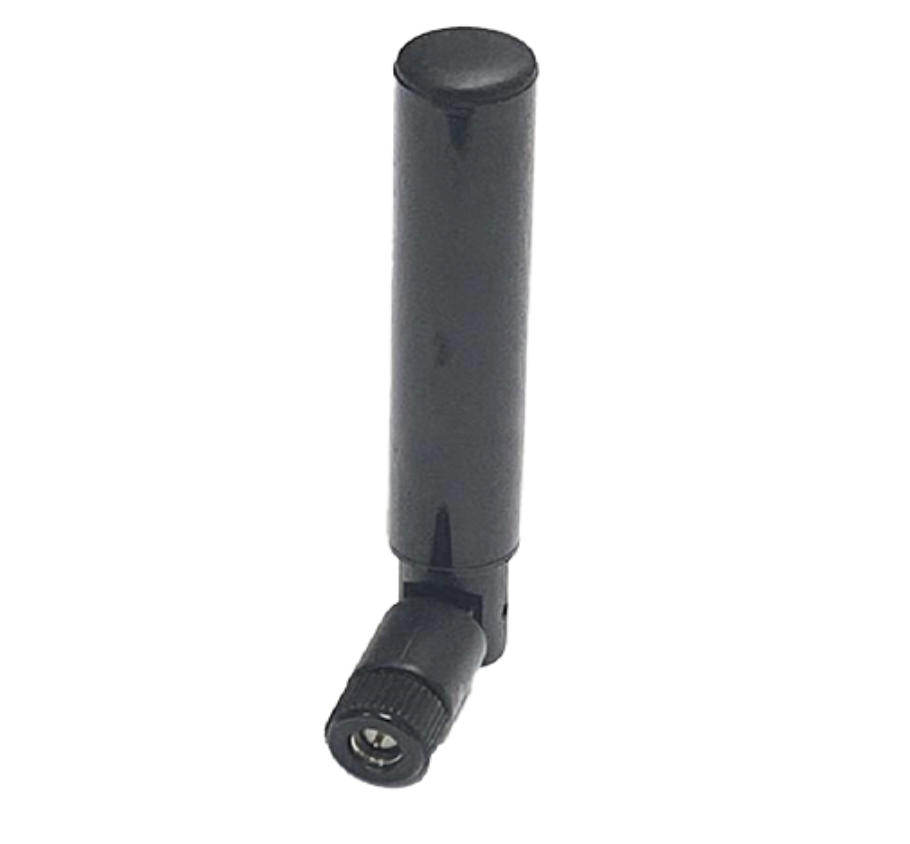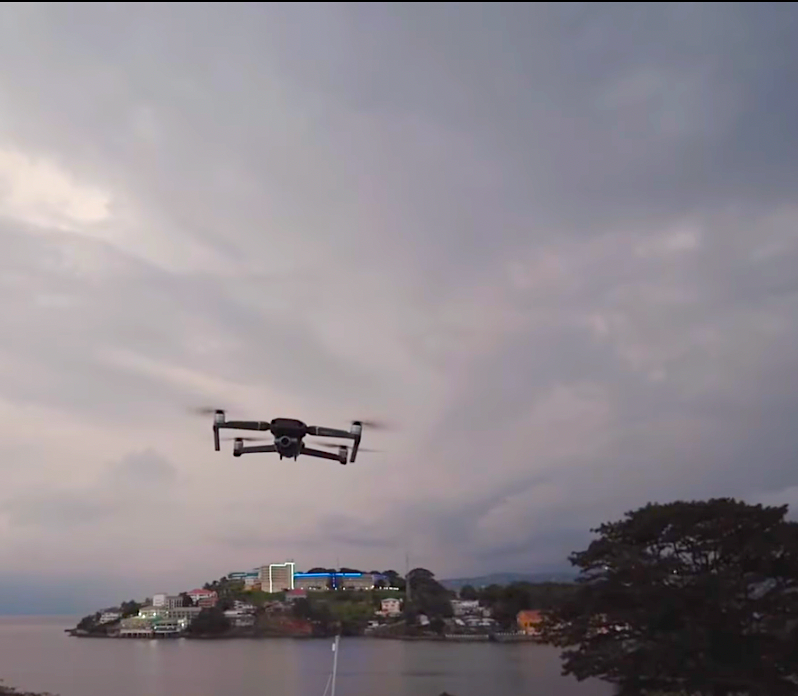Featured NewsProduct NewsWhat to Expect from Sony's Much-Awaited Upgrades to the Airpeak S1
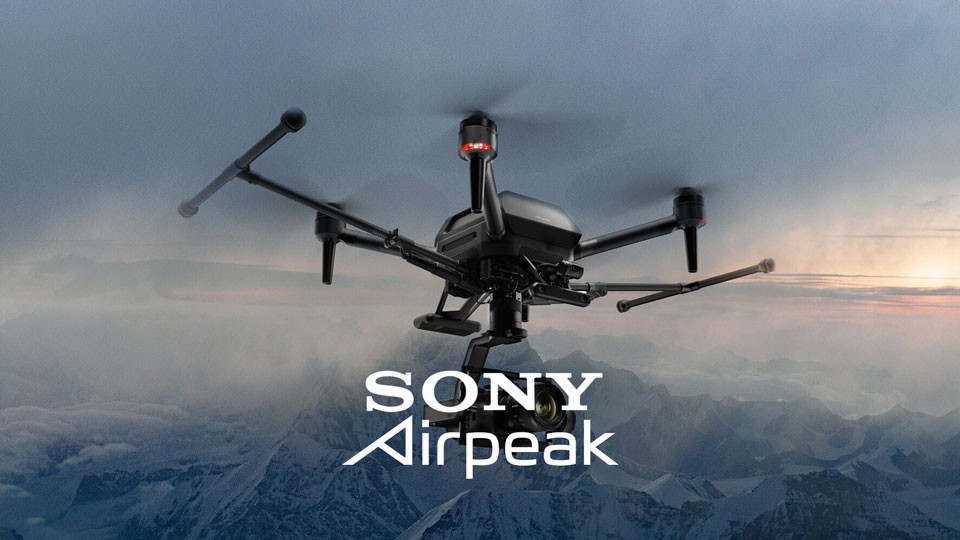
19 July 2023
Drones have become more popular in the past few years, with many professional uses. Because they can be controlled remotely, filming dangerous stunts involving explosives and big shots—like those set in the ocean—is much easier and safer, as is getting effective corporate shots for company promotional material.
Given this, the commercial drone market is set to reach $63 billion by 2030, driven by their versatility in getting tricky photos and videos for commercial uses.
While many professional drones—such as the DJI Mavic 3—are on the market today, one model is growing in popularity: the Sony Airpeak S1. Revealed in 2021 as the brand’s first drone, it leveraged Sony’s robotics legacy and imaging and sensor technologies, resulting in a powerful aircraft weighing less than 10 pounds. Its impressive specs included five stereo cameras, 2 IR range sensors, and obstacle avoidance.
If you’re already impressed by these specs, you’ll be glad to know that Sony recently upgraded the Airpeak S1.
It has a Gimbal Compatible with Mirrorless Cameras
The Airpeak S1 was made to carry Sony’s cameras. Before its upgrade, it didn't have a gimbal that allowed the controller to use the attached cameras to its fullest potential. The Airpeak S1 now features a lightweight gimbal—the Gremsy Gimbal PX1—specifically designed for mirrorless cameras, like the Sony Alpha a7 IV. These cameras are lightweight thanks to their lack of an internal mirror, making them perfect for drones. Moreover, mirrorless cameras display a digital preview of their composition on the live viewscreen, which many professionals prefer. This lets them know how specific settings will affect the shot, enabling them to make the necessary adjustments to get their desired outcome using the Flight app that connects to the PX1. Users can also change the camera's focus position via the app, allowing for more accurate capturing that maximizes mirrorless cameras’ impressive resolution. All in all, this guarantees the best use of Sony’s drone and mirrorless cameras.
It Now Has Better Battery Capacity
Drones can only fly for a limited time, usually due to their weight. Hover Cameras like the X1, for instance, only weigh 125 grams since they’re designed to be portable. They’re made of lightweight material, yet they can only fly for 11 minutes with a 1,050-mAh lithium battery.
While a drone’s flight time is usually determined by its weight and the type of battery it uses, the Airpeak S1 has an upgraded battery to suit its weight. It now uses the new LBP HM1, which has a higher capacity than the previous model, allowing for longer flying times and fewer battery replacements. As a result, it can fly for 30 minutes without any payload and around 20 minutes if it has a gimbal, mirrorless camera with lens, and an RTK system—to be discussed later—attached to it. Overall, this enhanced battery capacity lets professionals use the drone for longer.
It Features an RTK System
Sony developed the Real-Time Kinematic (RTK) Kit to enhance drones’ capabilities for complex implementation. With this, the Airpeak S1 can have more precise positioning and navigation without lag, allowing for more stable flying and image or video-capturing. This is all thanks to the RTK system using a base station, which receives satellite signals from the Global Navigation Satellite System that determines its exact position.
Such an upgrade is perfect for calculating and adjusting the drone’s orientation, location, and centimeter-level for more accurate shots—especially in complex environments like nature or the ocean.
The upgraded Airpeak S1 offers better value and features for professionals. If you want a new drone, check out this recently-upgraded Sony model that will most likely suit your needs.
